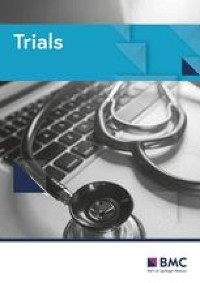Abstract
Background
While diagnostic, therapeutic, and vaccine development in the COVID-19 pandemic has proceeded at unprecedented speed, critical gaps in our understanding of the immune response to SARS-CoV-2 remain unaddressed by current diagnostic strategies.
Methods
A statistical classifier for identifying prior SARS-CoV-2 infection was trained using >4000 SARS-CoV-2–associated TCRβ sequences identified by comparing 784 cases and 2447 controls from 5 independent cohorts. The T-Detect™ COVID assay applies this classifier to TCR repertoires sequenced from blood samples to yield a binary assessment of past infection. Assay performance was assessed in 2 retrospective (n = 346; n = 69) and 1 prospective cohort (n = 87) to determine positive percent agreement (PPA) and negative percent agreement (NPA). PPA was compared to 2 commercial serology assays, and pathogen cross-reactivity was evaluated.
Results
T-Dete ct COVID demonstrated high PPA in individuals with prior RT-PCR–confirmed SARS-CoV-2 infection (97.1% 15 + days from diagnosis; 94.5% 15 + days from symptom onset), high NPA (∼100%) in presumed or confirmed SARS-CoV-2 negative cases, equivalent or higher PPA than 2 commercial serology tests, and no evidence of pathogen cross-reactivity.
Conclusion
T-Detect COVID is a novel T-cell immunosequencing assay demonstrating high clinical performance for identification of recent or prior SARS-CoV-2 infection from blood samples, with implications for clinical management, risk stratification, surveillance, and understanding protective immunity and long-term sequelae.


